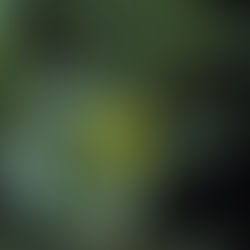Chickweed is called 'snow in the summer' because its white flowers decorate the ground. However, its botanical name is Stellaria media or Common Chickweed.

Chickweed Identification
The leaves have a teardrop/oval shape that curls very slightly at the edge of the leaf.
The stem has tiny white hairs and is slightly thick at the joints.
You'll find the stem crawling along the ground instead of growing upwards.
Also, note the picture to the right; chickweed has small white flowers with a yellow center.
Where can you find chickweed?
You'll find chickweed on the edge of woodland, where it likes the shady and moist conditions. If you have a backyard, chickweed will also occupy the cool, shady, moist areas.
Plants that look like chickweed
Be careful when harvesting chickweed, as two dangerous lookalikes are poisonous. One is Euphorbia corollata or flowering spurge; you can tell this isn't chickweed because it will let out a white sap when you cut it.
Another one is scarlet pimpernel. Unfortunately, this doesn't have white sap. See the images below.
The image on the left with small flowers is spurge - and on the right, the one flower with the pink center is a scarlet pimpernel. Both are poisonous chickweed lookalikes.
Medicinal Benefits of Chickweed
You'll benefit greatly from drinking chickweed tea instead of simply throwing it away. Chickweed is an herb used to treat respiratory and digestive problems, eliminate toxins, reduce fluid retention, and calm inflammation.
Use chickweed to help treat:
Sore throat
Bronchitis
Pleurisy
Colitis
Gastritis
Asthma
The herb contains beneficial minerals like iron, copper, and vitamins A, B, and C.
Make chickweed tea by adding the herb to bottled, filtered, or distilled water and boiling it for at least 20 minutes.
Skincare
Chickweed helps to treat skin conditions like itching, irritations, rashes, and eczema.
You could make a chickweed salve and apply it to your skin. See below:
How to make Chickweed Infused Salve

Harvest some chickweed, put it in a glass jug or bowl, and drench it with oil so that the entire harvest is drenched in oil.
Then, get some water boiling on a stove.
Place the jar with the chickweed and oil into the water boiling on the stove.
Note: place the entire jar in the water, and do not pour the chickweed and oil into the water.
Boil for 2 hours - make sure that the oil doesn't boil! Keep in on medium to high heat to prevent this from happening.
Then, please leave it to rest overnight.
Next, heat some beeswax (or any other wax you prefer). You can do this by placing it in a glass container and putting that into hot/boiling water until it melts.
Strain the chickweed from the oil and mix with the beeswax to make the salve.
I hope you found this helpful if you subscribe at the top of the page.
Happy foraging!
-------
Sources
https://draxe.com/nutrition/chickweed/
_edited.png)


















































































Comments